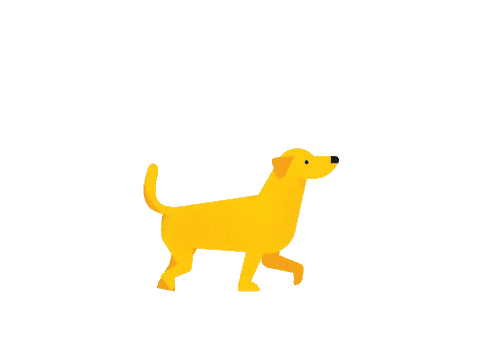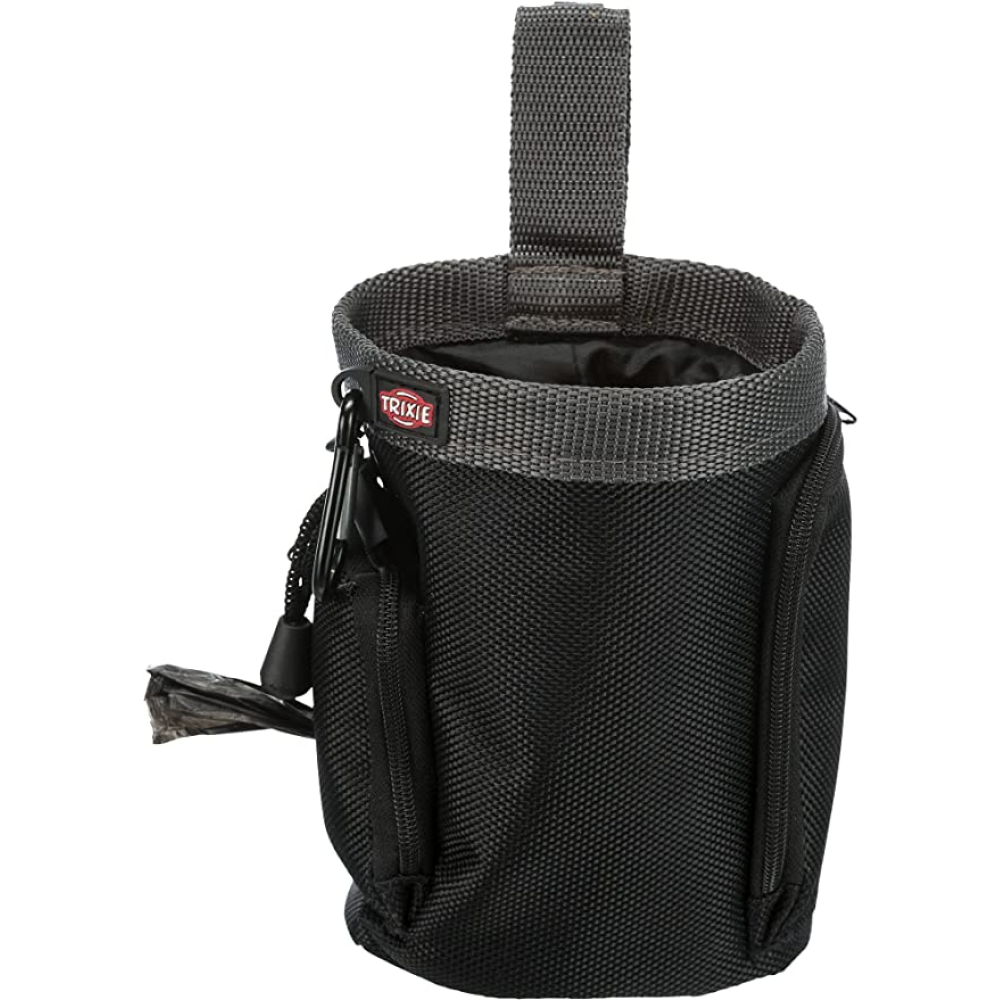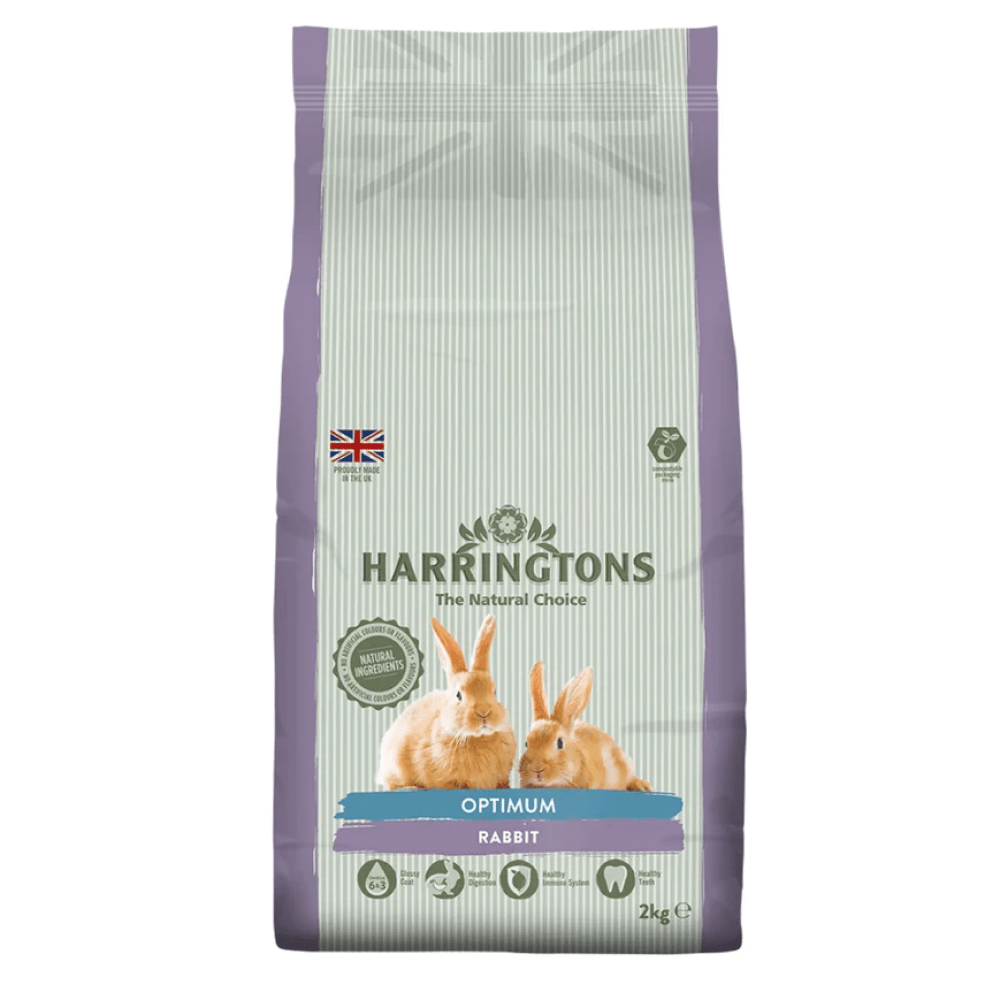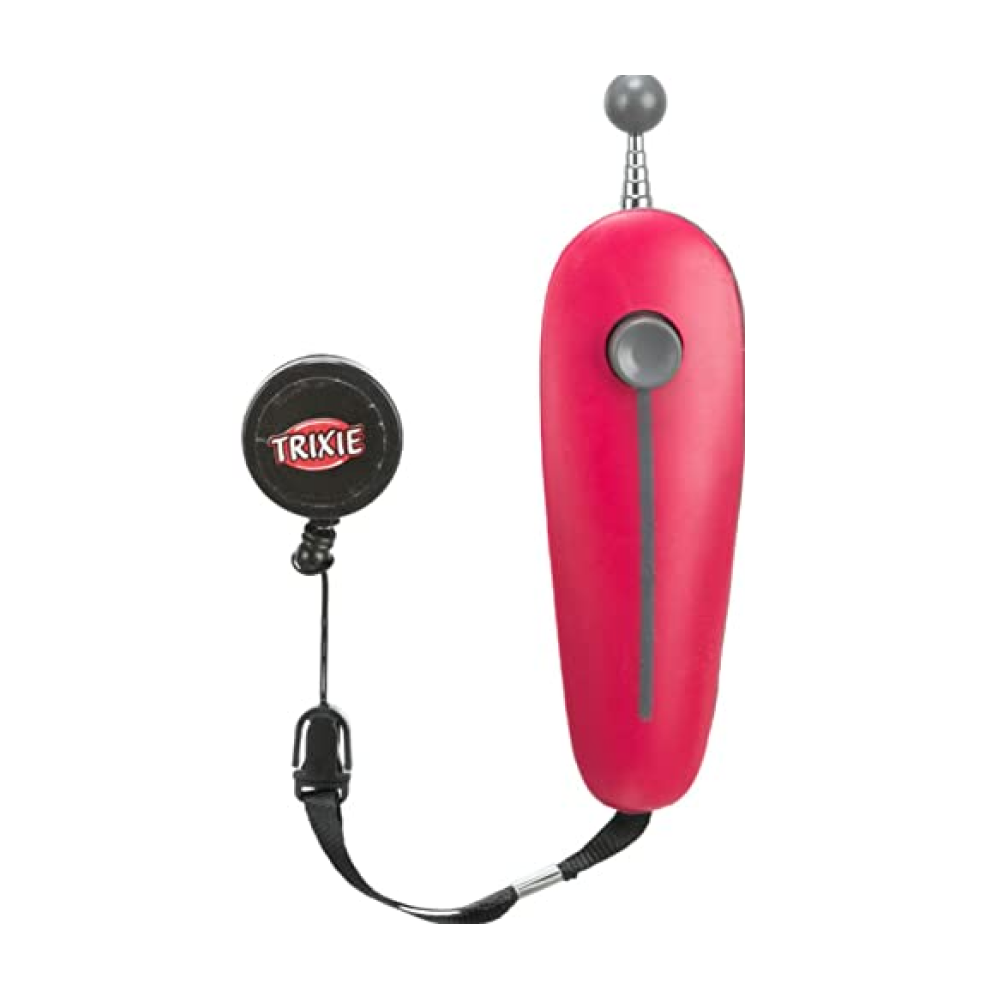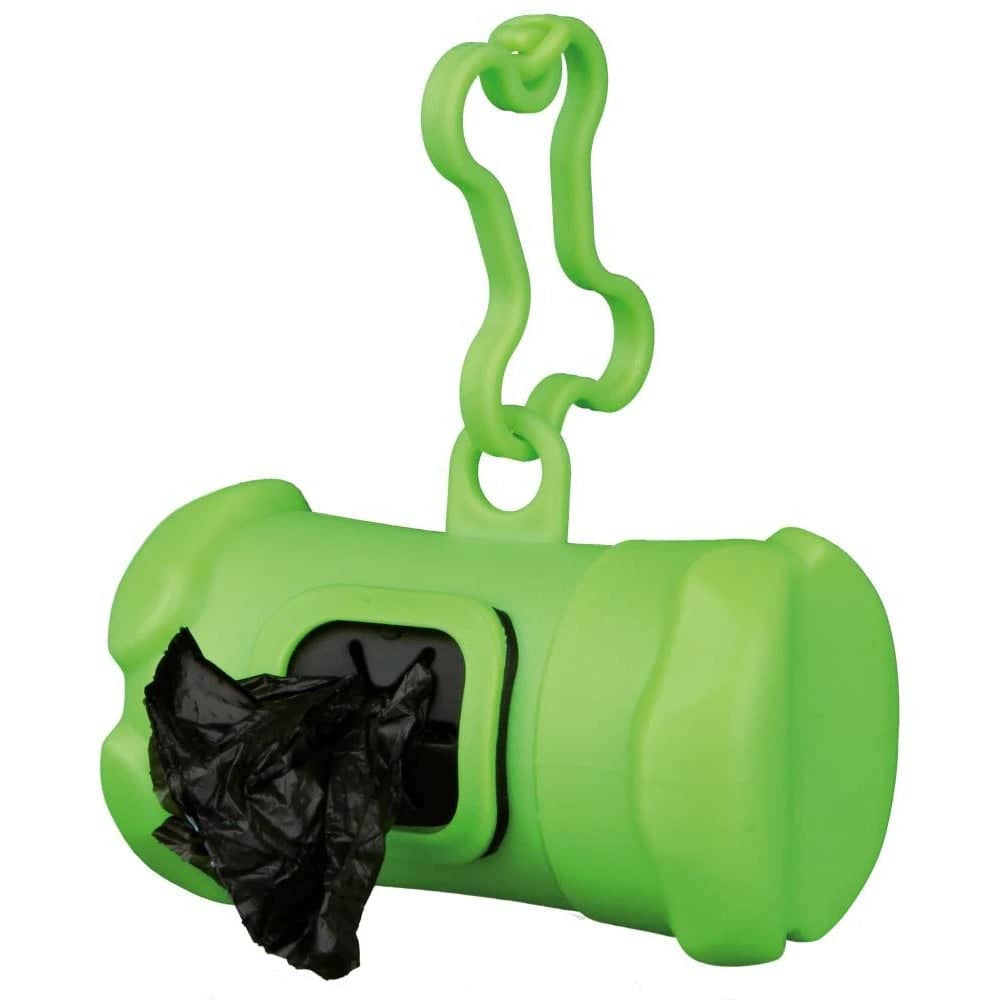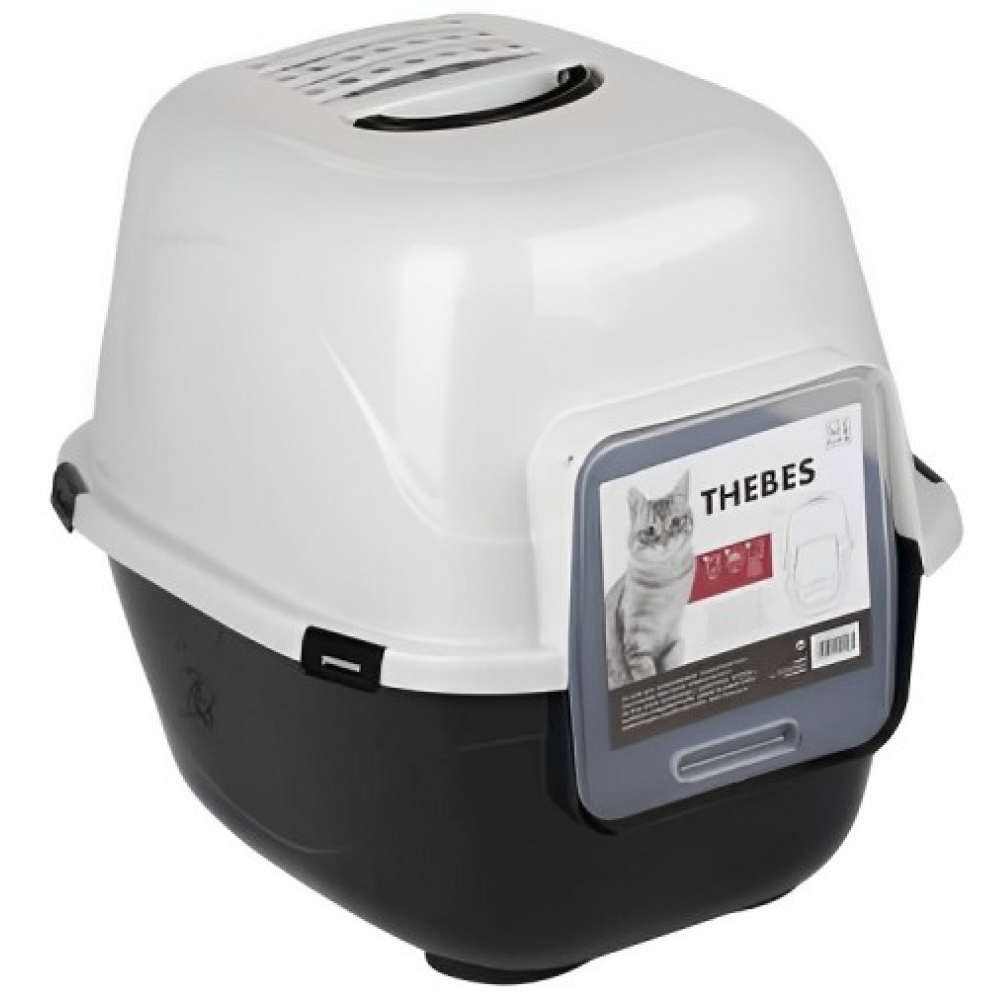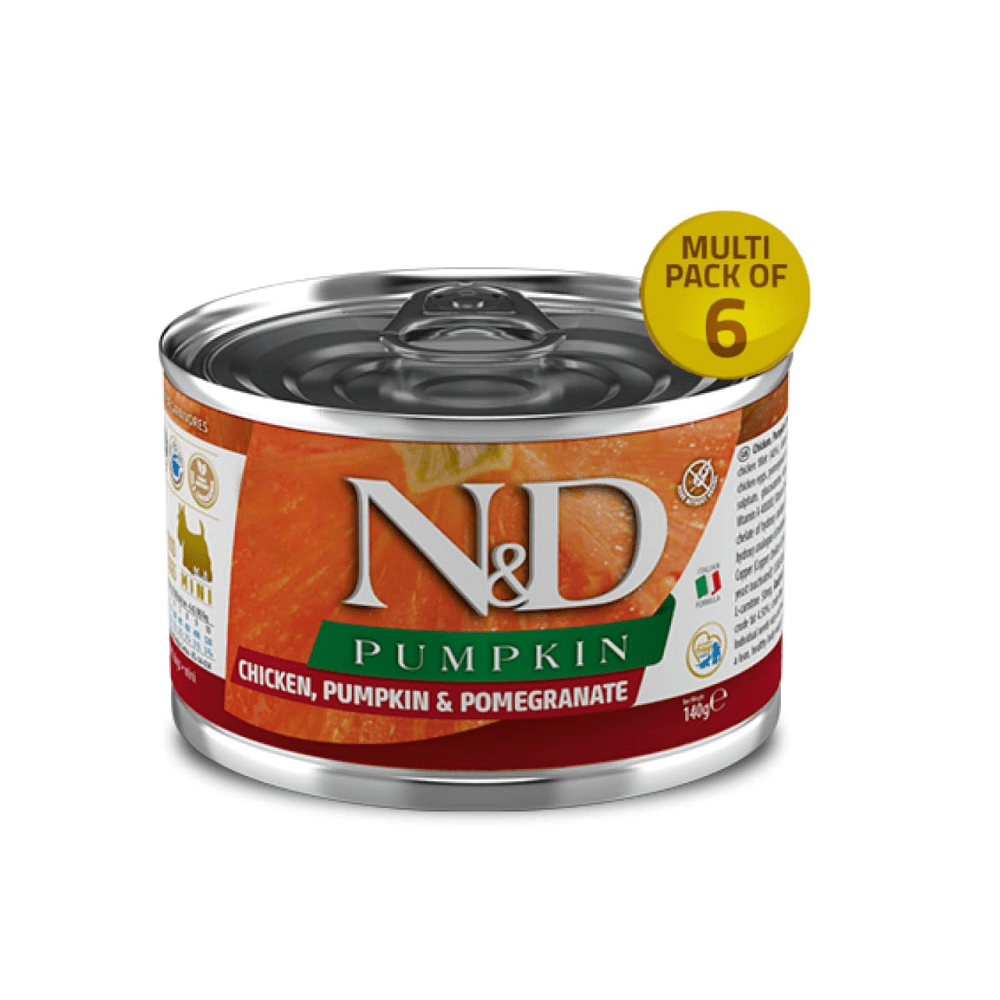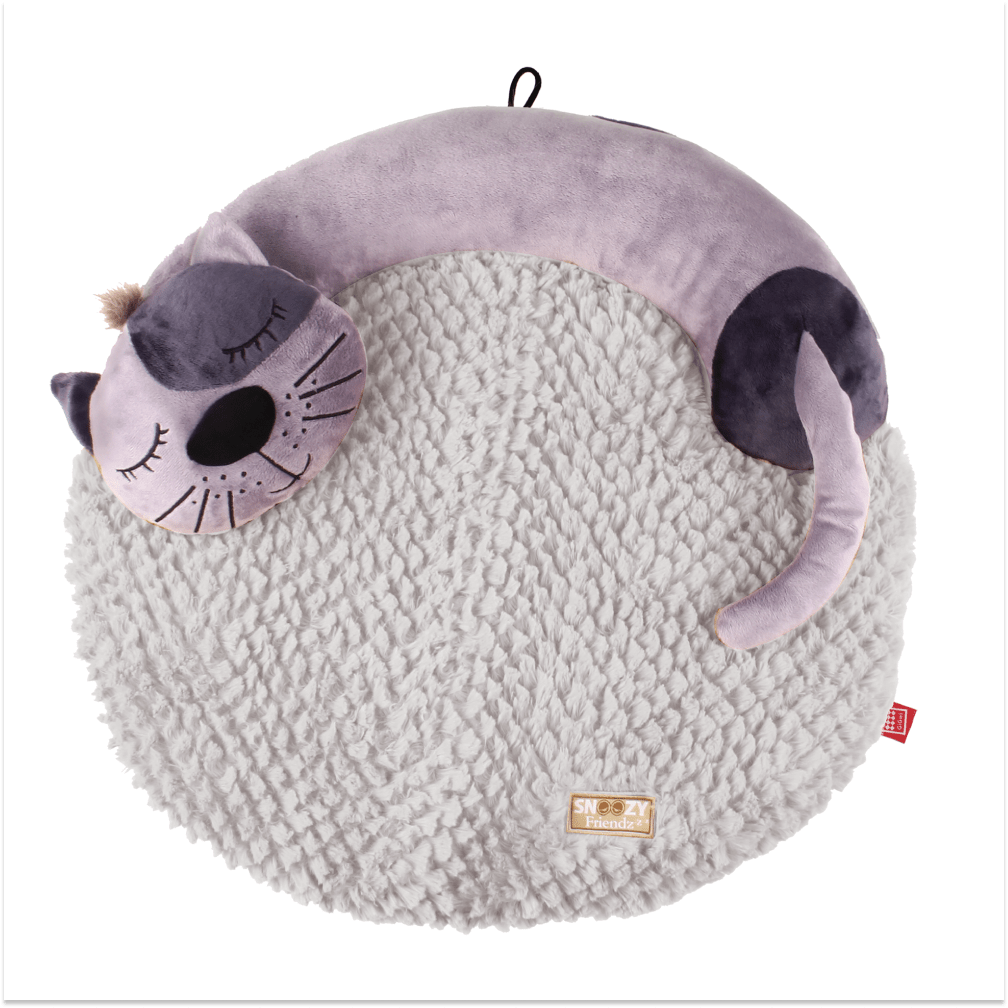
Dogs tend to emote with their body. However, interpreting the messages they’re trying to send is not always that simple. Sometimes we even end up misunderstanding their intent which worsens the situation. Learning to decode what our dog is trying to communicate is essential to strengthen our bond with them. While every canine has its own way of communicating, most of them rely on similar body language to convey their intention. In this blog, we will take you through the common 25 body languages to help understand what your dog is trying to tell you.
1. Wagging Tail
Contrary to popular belief, a wagging tail may not always mean that a dog is happy. A wagging tail conveys an intent to interact. If a dog’s tail is very loose and its whole body and hinds are moving, it means the dog is happy. Whereas, if the dog wags its tail stiffly, it may be preparing for an unfavourable interaction.
2. Tail Held High
A dog keeps its tail high up when it is alert or excited. However, when they keep their tail very stiff, it may mean that they are getting ready to fight.
3. Tail Held Low
Dogs tuck their tails towards the ground or between their legs when they are scared or worried.
4. Tail Held in a Neutral Position
Dogs generally hold their tail in a neutral position when they’re relaxed. As a pet parent, it is important that you keep a close watch on the position of your pooch’s tail to detect changes in their mood.
5. Ears Positioned Forward
When a dog positions its ears forward, it means that it is alert. However, it does depend on the breed of the dog as for some breeds, it could be a normal resting pose.
6. Ears Pulled Back
A dog pulls its ears back when it is scared. However, sometimes a canine with a loose posture and ears pulled slightly backwards might indicate that they are curious about their surroundings.
7. Relaxed Eyelids
When a dog has relaxed eyelids, it clearly indicates that they are in a comfortable and relaxed state.
8. Hard Stare
When a dog gazes at something and doesn’t look away and displays tense and stiff facial expressions, it may indicate that it is getting prepared to fight or bite. Therefore, when a dog gives you a hard stare, you shouldn’t stare back as it may encourage them to fight or chase.
9. Eye Contact
While some dogs tend to make eye contact with people they’re familiar with, others avoid doing it altogether. If your dog normally makes eye contact, you will know when they avoid doing so which may indicate that they are scared of something.
10. Wide Eyes
When a dog stares with their eyes wide or their pupils have gotten big, it means they are anxious or scared of something.
11. Head Held High
A dog generally holds its head high when it is relaxed. However, if it looks rigid and stiff while holding its head high, it may indicate that it is threatened by something in the surroundings.
12. Bowed Head
When a dog has its head bowed down, it may indicate it is uncomfortable due to something in its surroundings.
13. Mouth Hanging Open
Walking around with their tongue out is generally not a matter of concern. However, if your pooch has its tongue hanging out far from its mouth, it indicates that it is stressed and needs help.
While your dog is sitting, if it holds its mouth open more often than it usually does, it can be a sign of an underlying health concern.
14. Raised Hackles
When a dog is scared, anxious or excited, its hackles (the hairs that run along the back of a dog’s shoulder and spine) rise through a reflex known as piloerection.
15. Play Bow
A dog plays bow when it stretches its front legs and leans on its elbows. It takes the help of this position when it wants to invite fellow canines or its hooman friends to play with it.
16. Cowering
A dog is said to be cowering when it hunches towards the ground and tries to make itself look smaller. This action either means that the dog is scared or in pain and needs medical assistance.
17. Rolling on their Back
When a dog rolls onto its back, it generally means it is asking for belly rubs. However, if it seems stiff, it may indicate that they are facing some kind of discomfort.
18. Rigid Posture
When a dog stands in a stiff posture, it usually indicates that they are uncomfortable, stressed or going through physical pain. It is important that you analyse the situation with care and offer medical help if required.
19. Yawning
When a dog yawns even though it is not sleepy, it indicates that it is stressed, worried or nervous.
20. Lip Licking
If a dog licks its lips even though it is not hungry, it may be because it is worried and stressed out by loud noise, strangers or other factors in its surroundings.
21. Baring their Teeth
Dogs baring their teeth seem to be displaying a goofy grin. This indicates that they’re happy or amused. However, if a dog shows aggressive body language while baring its teeth, it is probably getting ready to snap.
22. Trembling
A dog may tremble if it is feeling cold. However, it can also tremble if it is scared of something in its environment.
23. Shake
A dog generally shakes when it is wet and needs to get rid of the excess water on its body. But it can also shake its body after combating stressful situations.
24. Pacing
Pacing back and forth generally indicates that a dog needs to relieve itself. However, canines also tend to pace when they’re worried or anxious. A dog may also pace due to neurological issues, especially if it’s a senior canine.
25. Spinning
A dog generally spins when they’re in a playful mood. But, if it continues spinning without rest, it may be a matter of concern and call for medical attention.
Concluding Note
Dogs convey a wide range of emotions through their body language. However, none of them act alone and are part of a package. Therefore, in order to decipher what your pooch is trying to communicate, take note of every signal it is using from the height of its tail to the shape of its eyes. For any queries, Consult our vet!
Your dog communicates with you all the time. Learning to decode their body language will help develop a deeper bond of trust. It will also help you predict your dog’s behaviour and prevent future problems.
How to Trim Your Dog’s Nails: Tips for Stress-Free Grooming

Nail trimming is an unavoidable exercise that dreads both dogs and dog parents equally. You will never want to hurt your fur baby and the...
Pawsandpaws | Dec 16, 2024Building Trust With Your Dog: Essential Tips and Techniques

Adding a furry companion to the family brings both joy and a responsibility to provide them with a healthy and happy life. For a dog, their...
Pawsandpaws | Oct 18, 2024